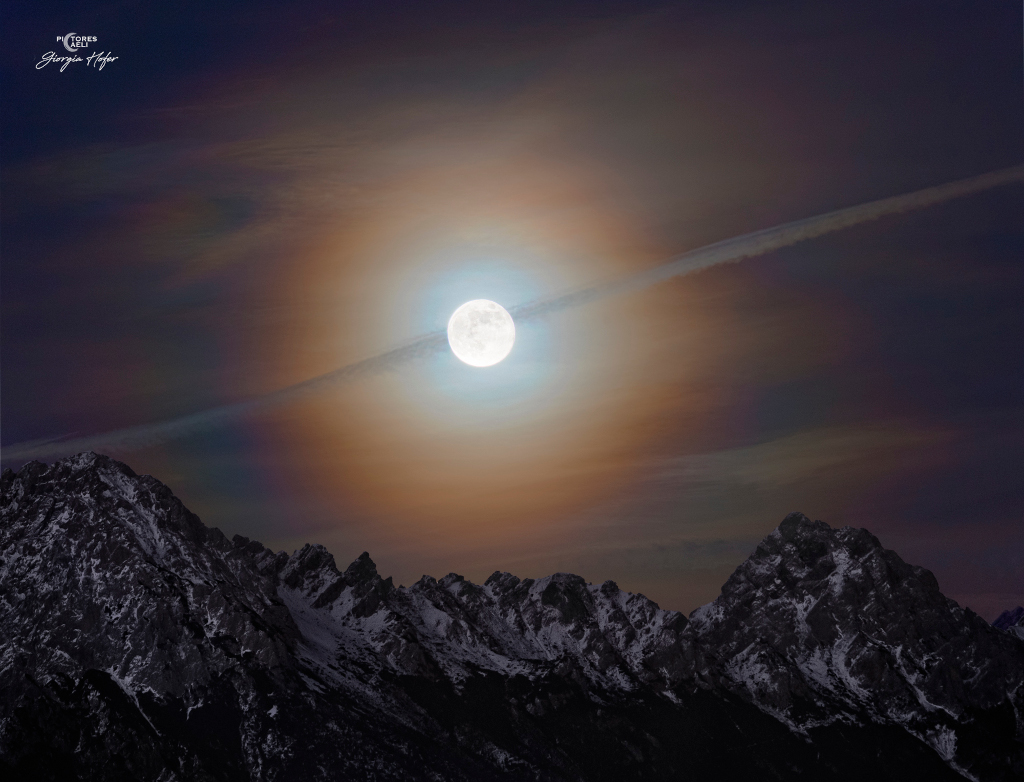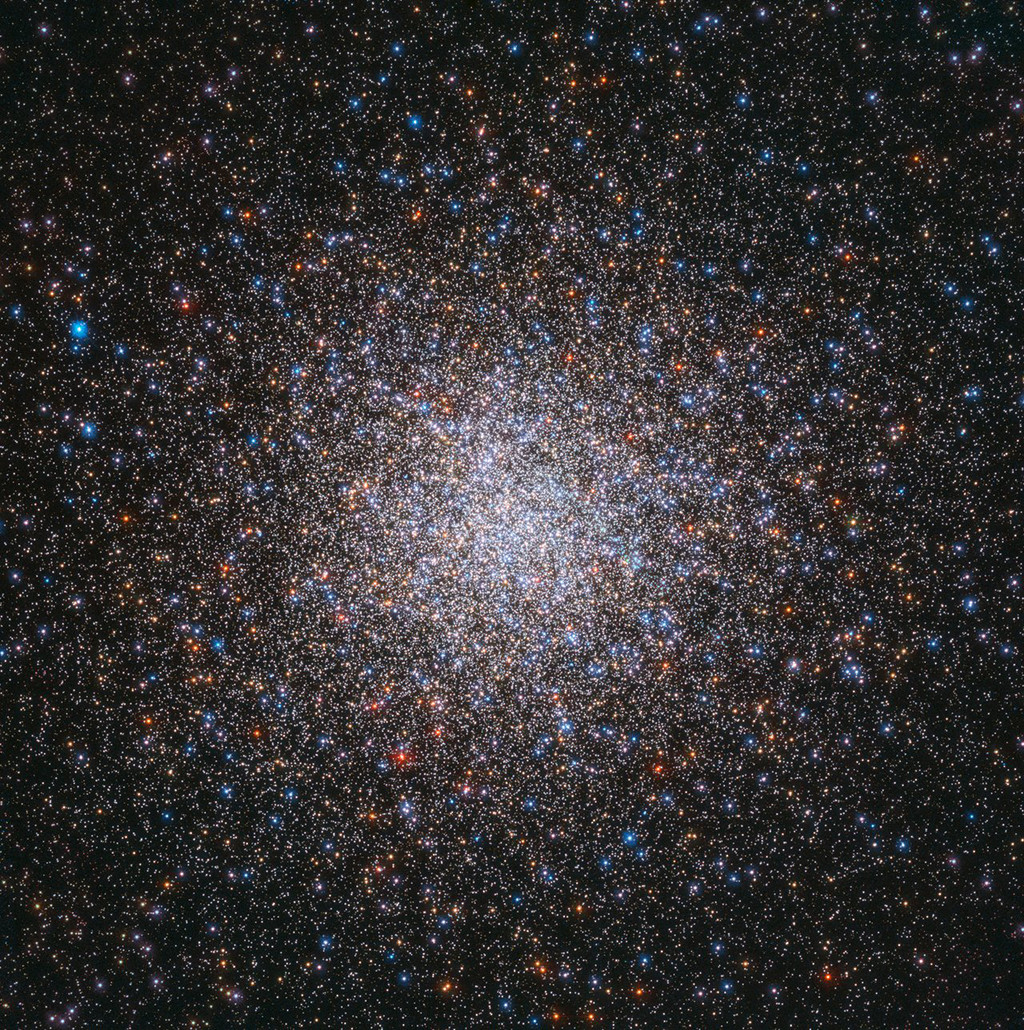Nombre total de pages vues
22/12/2024
ASTRONOMIE - LES PLUS BEAUX ASTRES DE LA VOIE LACTéE - Antiope : l’astéroïde double
SANTé/MEDECINE - LES INGREDIENTS A BANNIR AU SUPERMARCHé - Les nitrites et nitrates
ASTRONOMY - The Local Fluff
2024 December 22
Illustration Credit: NASA, SVS, Adler, U. Chicago, Wesleyan
Explanation: The stars are not alone. In the disk of our Milky Way Galaxy, about 10 percent of visible matter is in the form of gas called the interstellar medium (ISM). The ISM is not uniform and shows patchiness even near our Sun. It can be quite difficult to detect the local ISM because it is so tenuous and emits so little light. This mostly hydrogen gas, however, absorbs some very specific colors that can be detected in the light of the nearest stars. A working map of the local ISM within 20 light-years, based on ongoing observations and particle detections from the Earth-orbiting Interstellar Boundary Exporer satellite (IBEX), is shown here. These observations indicate that our Sun is moving through a Local Interstellar Cloud as this cloud flows outwards from the Scorpius-Centaurus Association star forming region. Our Sun may exit the Local Cloud, also called the Local Fluff, during the next 10,000 years. Much remains unknown about the local ISM, including details of its distribution, its origin, and how it affects the Sun and the Earth. Unexpectedly, IBEX spacecraft measurements indicate that the direction from which neutral interstellar particles flow through our Solar System is changing.
21/12/2024
ASTRONOMY - A Year in Sunsets
2024 December 21
Image Credit & Copyright: Wael Omar
Explanation: A year in sunsets, from April 2023 to March 2024, track along the western horizon in these stacked panoramic views. The well-planed sequence is constructed of images recorded near the 21st day of the indicated month from the same location overlooking Cairo, Egypt. But for any location on planet Earth the yearly extreme northern (picture right) and southern limits of the setting Sun mark the solstice days. The word solstice is from Latin for "Sun" and "stand still". On the solstice date the seasonal drift of the Sun's daily path through the sky appears to pause and reverse direction in its annual celestial journey. Of course the Sun reaches a stand still on today's date. The 21 December 2024 solstice at 09:21 UTC is the moment of the Sun's southernmost declination, the start of astronomical winter in the north and summer in the south.
20/12/2024
ASTRONOMIE - Collision entre deux planètes naines
SANTé/MEDECINE - Le Remède de Grand-Mère Efficace Contre l'Arthrose - les Rhumatismes et les Douleurs Articulaires.
ASTRONOMY - The Long Night Moon
Image Credit & Copyright: Giorgia Hofer and Dario Giannobile (Pictores caeli)
Explanation: On the night of December 15, the Full Moon was bright. Known to some as the Cold Moon or the Long Night Moon, it was the closest Full Moon to the northern winter solstice and the last Full Moon of 2024. This Full Moon was also at a major lunar standstill. A major lunar standstill is an extreme in the monthly north-south range of moonrise and moonset caused by the precession of the Moon's orbit over an 18.6 year cycle. As a result, the full lunar phase was near the Moon's northernmost moonrise (and moonset) along the horizon. December's Full Moon is rising in this stacked image, a composite of exposures recording the range of brightness visible to the eye on the northern winter night. Along with a colorful lunar corona and aircraft contrail this Long Night Moon shines in a cold sky above the rugged, snowy peaks of the Italian Dolomites.
19/12/2024
ASTRONOMIE - Les plus beaux astres de la Voie Lactée - La petite Mercure
SANTé/MEDECINE - Le cancer du sein - Herceptin et lapatinib. un duo gagnant ?
ASTRONOMY - Messier 2
2024 December 19
Image Credit: ESA/Hubble & NASA, G. Piotto et al.
Explanation: After the Crab Nebula, this giant star cluster is the second entry in 18th century astronomer Charles Messier's famous list of things that are not comets. M2 is one of the largest globular star clusters now known to roam the halo of our Milky Way galaxy. Though Messier originally described it as a nebula without stars, this stunning Hubble image resolves stars across the cluster's central 40 light-years. Its population of stars numbers close to 150,000, concentrated within a total diameter of around 175 light-years. About 55,000 light-years distant toward the constellation Aquarius, this ancient denizen of the Milky Way, also known as NGC 7089, is 13 billion years old. An extended stellar debris stream, a signature of past gravitational tidal disruption, was recently found to be associated with Messier 2.
ASTRONOMY - STEVE: A Glowing River over France
2024 October 28 STEVE: A Glowing River over France Credit & Copyright: Louis LEROUX-GÉRÉ Explanation: Sometimes a river of hot gas flo...

-
2022 September 26 All the Water on Planet Earth Illustration Credit: Jack Cook, Adam Nieman, Woods Hole Oceanographic Institution ; Data ...
-
2025 May 11 The Surface of Venus from Venera 14 Image Credit: Soviet Planetary Exploration Program , Venera 14 ; Processing & Copyri...










